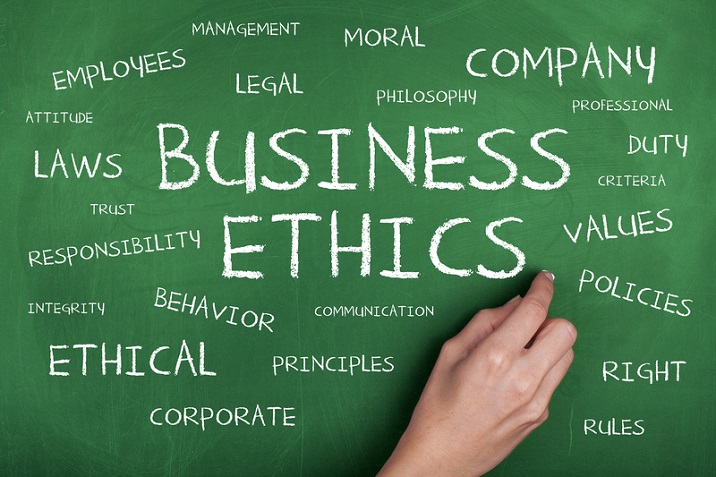
2a. Ethics in Graphic Design
I started to be more cautious about using photographs or anything created by other people in my works and posts after getting into college. I knew from high school that giving credit to works done by others is important but it was only after I started studying communication design for the past couple of years in college that really made me realize that it’s not only about giving credit but also respecting the hard work the owner put into creating or producing the work which I’m using for my own needs. Reading the AIGA guides for design and the article of the Shepard Fairey “HOPE Poster” case, helps me understand the consequences of not following copyright policies and giving credit to the owner.
When I use someone’s work I always put their website URL which directs the viewer to the place where I obtained the information or the works from. When using photography I try to put the caption “image by” and the person’s name right beneath the image and if it’s in the design I put their name or the website in the description. Most of the time for commercial and assignment usage I try to use images that are copyright free and are not owned by anyone, with this I don’t have to credit or worry about the licensing. When it comes to social media, I only use Instagram currently and I only post my own illustrations there. I don’t post anything which is not produced or created by me in its entirety on social media. At one point when I was very young I used Facebook, I used to tag people whose works I posted and even if a photo is clicked by my friend or anyone I knew in person I would always say who clicked the photo.
2b. Ethics in Graphic Design
After reading and analyzing the “Hope Poster Case Study”, I most certainly agree that Shepard Fairey was on the wrong side and made huge mistakes and decisions. According to the article by New York Times, It was stated that Fairey used Mr. Obama’s image which belonged to The Associated Press for his own poster which resulted in a bitter copyright battle. After being accused he even tried to cover up his mistake and said that it was a different photo where he should have been apologizing. Designers and artists cant just modify and tweak works done by others and call them their own. As an artist myself, if a person uses and modifies my artwork which took me months of research collecting references, time, and effort to produce it without my permission, I will feel extremely frustrated. It’s like all the work is done by me and instead of me being credited and compensated, someone else who didn’t have any contributions gets all the glory. Fairey mentions that he never profited from the sales of the poster but that doesn’t mean that he can just say that the image is his own, he may not have profited but the audience will think that everything is created by him and will give credit and respect to him while completely being on the dark side without knowing who actually produced the photography used in the poster. Overall I think that Fairey was a talented experienced designer so he should have been more responsible and careful with what he used for his work which he didn’t. This mistake didn’t only affect him as a person, his family, and his reputation but also harmed his career as a designer.
Citations
KENNEDY, RANDY. “Shepard Fairey Is Fined and Sentenced to Probation in ‘Hope’ Poster Case.” New York Times, 7 Sept. 2012.
“Guide to Copyright” AIGA. (2001). PDF. New York City; Richard Grefé, AIGA.
“A Client’s Guide to Design: How to Get the Most Out of the Process” AIGA. (2001). PDF. New York City; Richard Grefé, AIGA.
“Use of Illustration” AIGA. (2001). PDF. New York City; Richard Grefé, AIGA.
“Use of Photography” AIGA. (2001). PDF. New York City; Richard Grefé, AIGA.


